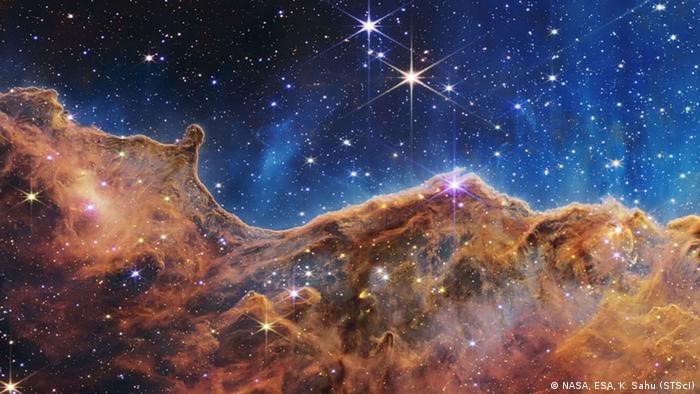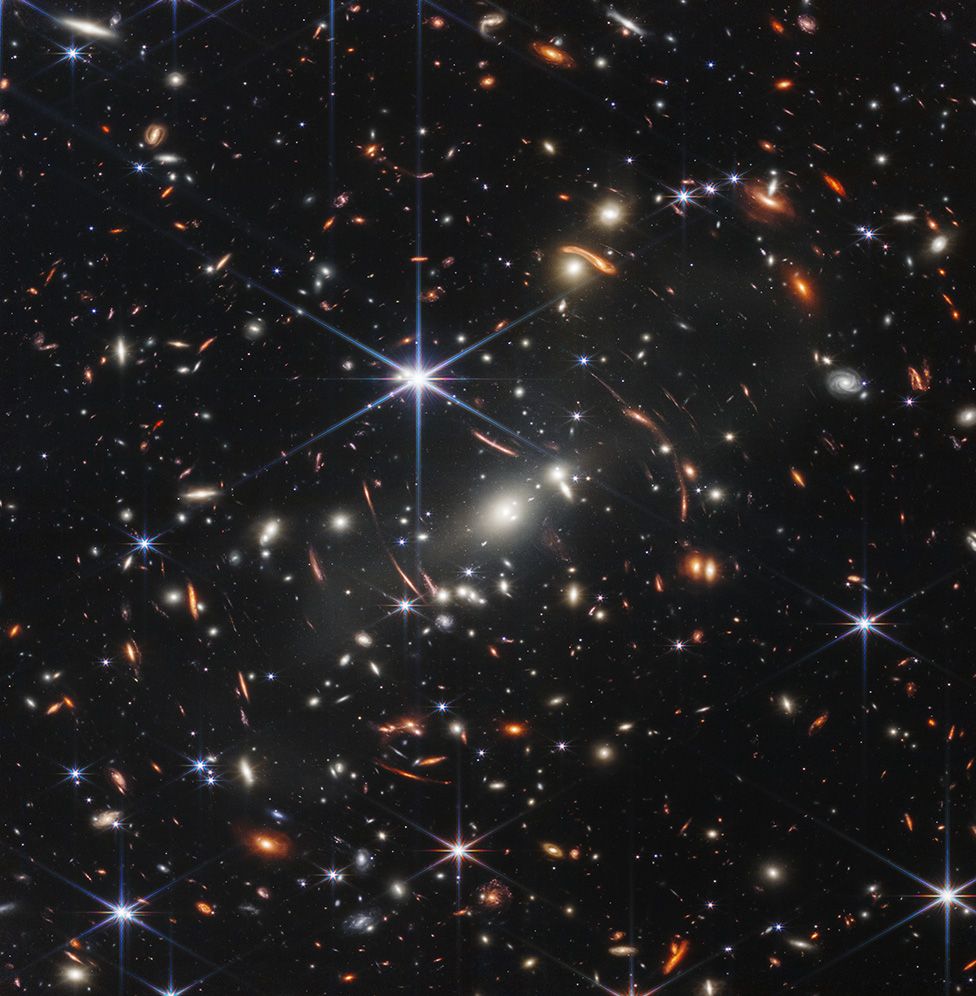
Harwell’s RAL Space plays key role in spectacular images taken by James Webb Space Telescope
Astronomy will never be the same again
RAL Space, based at Harwell, was part of a European Consortium that was responsible for the development and launch of the Mid-Infrared Instrument (MIRI), one of four scientific instruments on board the James Webb Space Telescope, and the instrument responsible for the spectacular images that have been released by NASA.
Webb is the largest, most powerful telescope ever launched into space and these are the most detailed images ever captured of our universe. They have resulted from the culmination of over 20 years hard work and scientific innovation, revealing the power of Webb and showcasing the possibilities for observing and studying the cosmos.
UK’s role
Webb’s mission to explore the universe is led by NASA, the European Space Agency (ESA) and the Canadian Space Agency. British contributions have been integral to the development and construction of Webb. The UK played a major role by leading the European Consortium which, partnered with US institutes, designed, built and tested MIRI. This work was led by Professor Gillian Wright MBE of the Science and Technology Facilities Council’s (STFC) UK Astronomy Technology Centre (UK ATC), and includes STFC RAL Space, University of Leicester, and Airbus UK.
The MIRI development has been funded by the UK Space Agency and STFC, with UK Government funding, and ESA.
Mission to the stars
Webb launched on Christmas Day 2021 Then travelled 1 million miles to its new home among the stars. The complex sunshield and mirrors unfolding on this month-long trip through the cosmos.
The last few months have been spent cooling down the instruments to operational temperatures, aligning the mirrors and testing all the instruments as they came online.
Scientists, engineers and astronomers from STFC’s UK ATC and RAL Space were actively involved in this complex commissioning process. Working alongside international colleagues at the Space Telescope Science Institute in Baltimore monitoring and commanding MIRI and Webb in shifts, 24 hours a day.
Professor Mark Thomson, STFC Executive Chair, said:
“I can’t understate what an incredible moment this is for everyone who has been involved in this mission. I am immensely proud of the team who contributed to designing and constructing MIRI, but especially my STFC colleagues. It is so exciting to see MIRI acting in perfect harmony with the other instruments to deliver these magnificent images.
“When I think about what has been achieved here, peering into depths of space and time with this level of detail, it almost seems to be the stuff of science fiction. But the reality is that the hard work and imagination of our scientists, engineers and technician has got us to this point.
“It is now up to the brilliant astronomers in the UK and across the world to study the new data and exquisite images to uncover the secrets of ancient stars and galaxies.”
Professor Gillian Wright, European Principal Investigator for MIRI and Director of UK ATC, said:
“It is rare in science to make the revolution in capability that is provided for mid-infrared astronomy by MIRI on Webb. It is an honour and a pleasure to have led the MIRI team in this achievement, and first and foremost I would like to thank everyone who has contributed along the way to make this possible.
“The amazing images are truly stunning and demonstrate the new and unique view of the universe that MIRI provides. These images and spectra would not have been possible without the international collaboration between the many MIRI partners and stakeholders along with the fantastic work of the Webb team to build this powerful new observatory. With congratulations to all concerned, I am looking forward excitedly to the many discoveries that will come from MIRI.”
Tim Grundy, Lead Instrument Engineer and RAL Space MIRI project lead said:
“As part of the engineering team here at RAL Space, we have worked with our colleagues around the world for nearly two decades, all leading up to this moment. It is very rewarding to see the first results released today, and they are even more spectacular than I imagined. The scientific potential that Webb opens up is very exciting, and I look forward to seeing what it will discover in the years to come.”

Image credit – NASA


